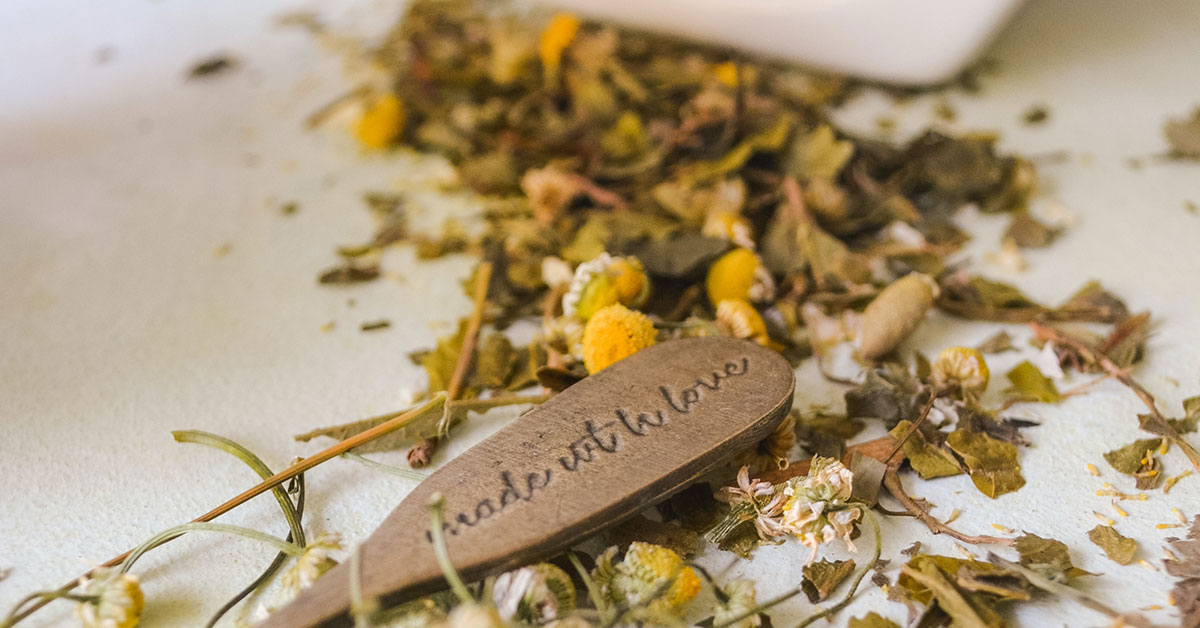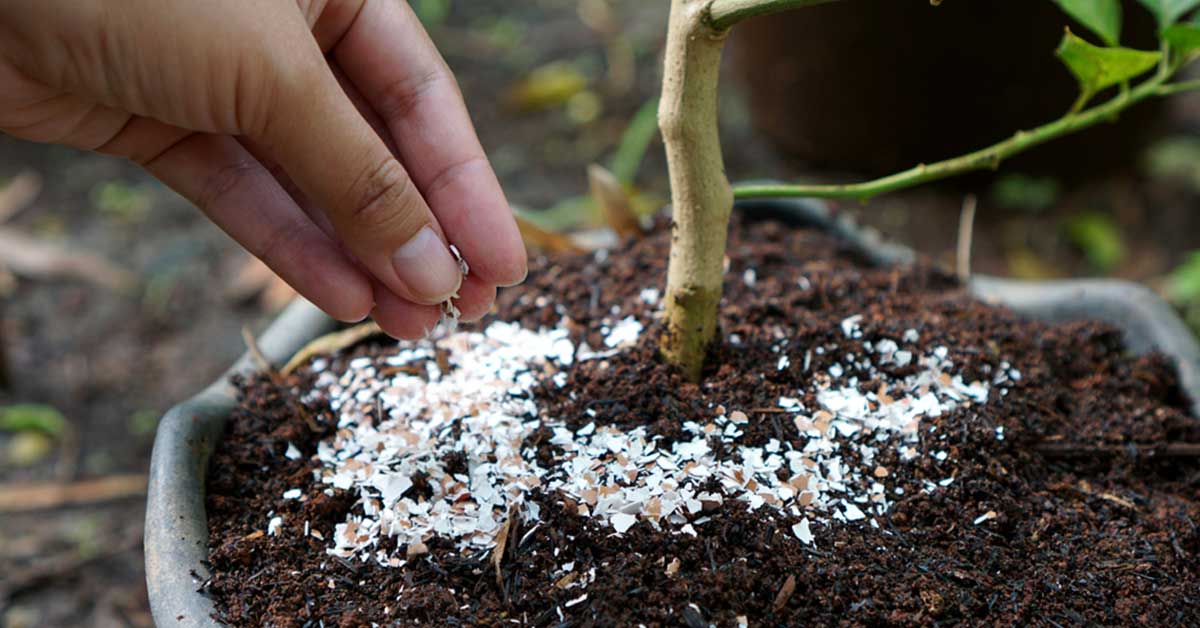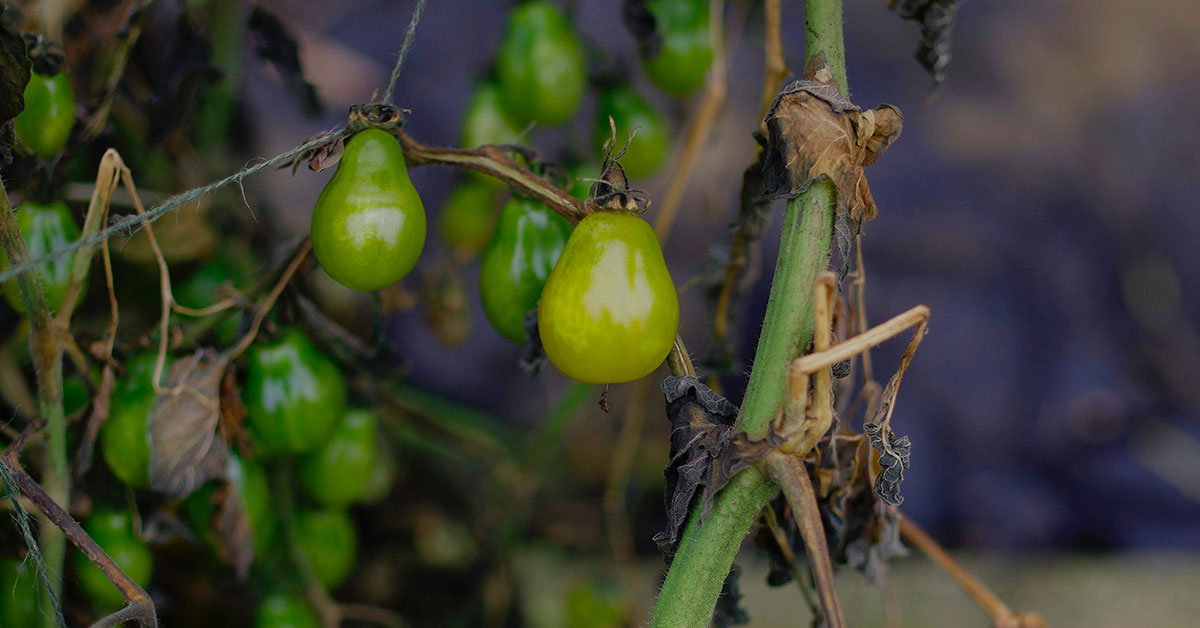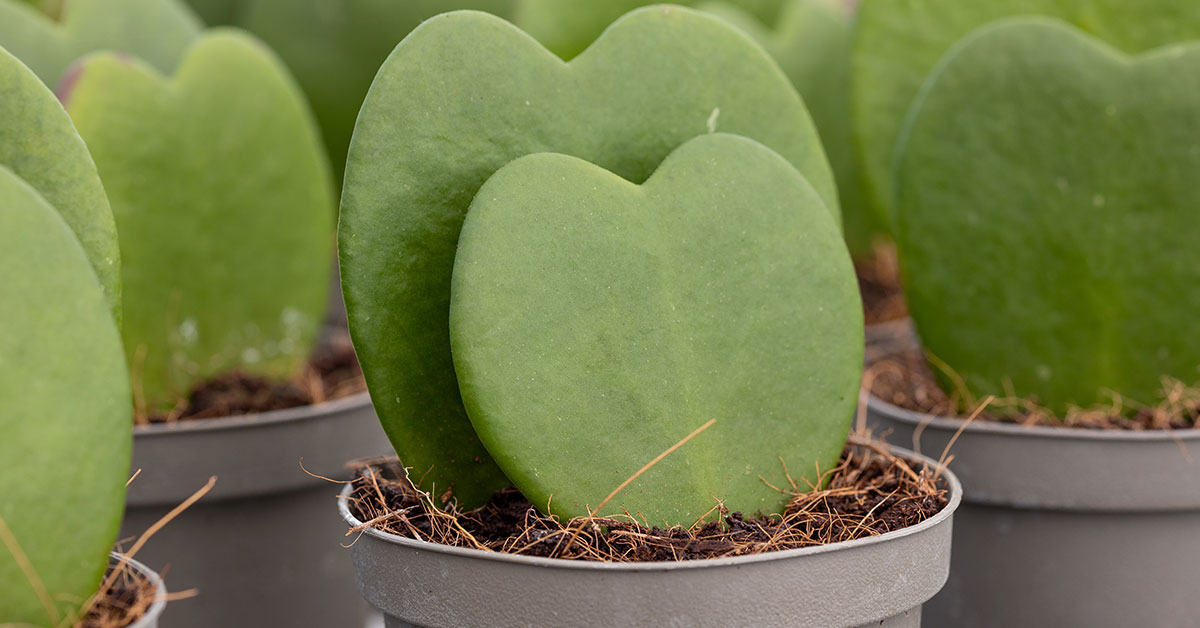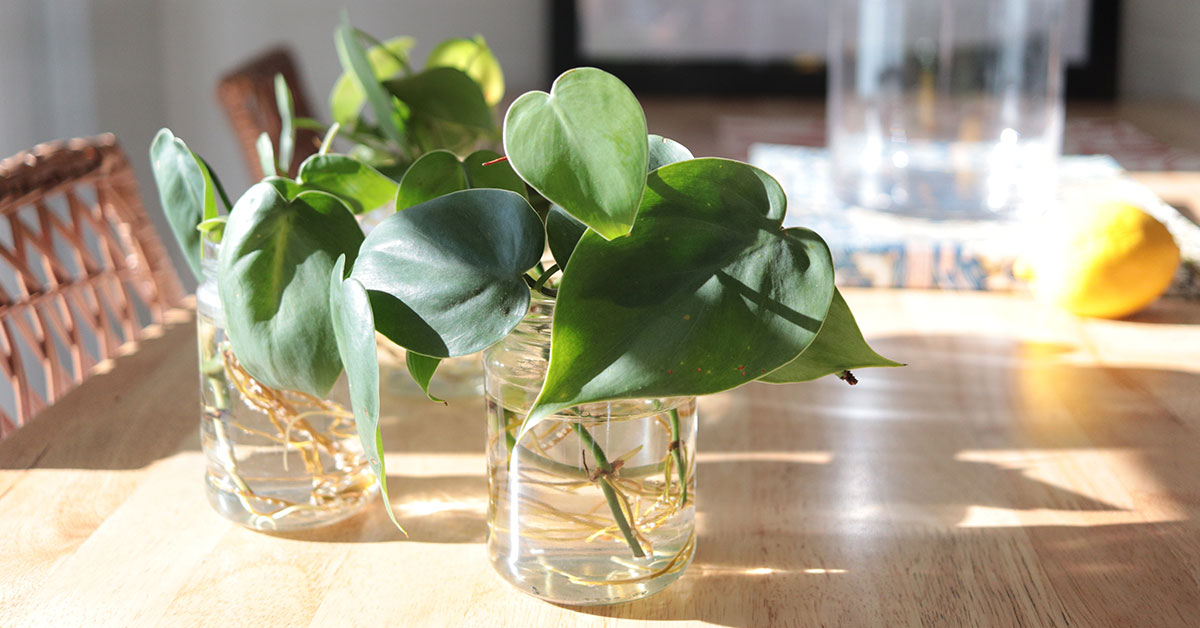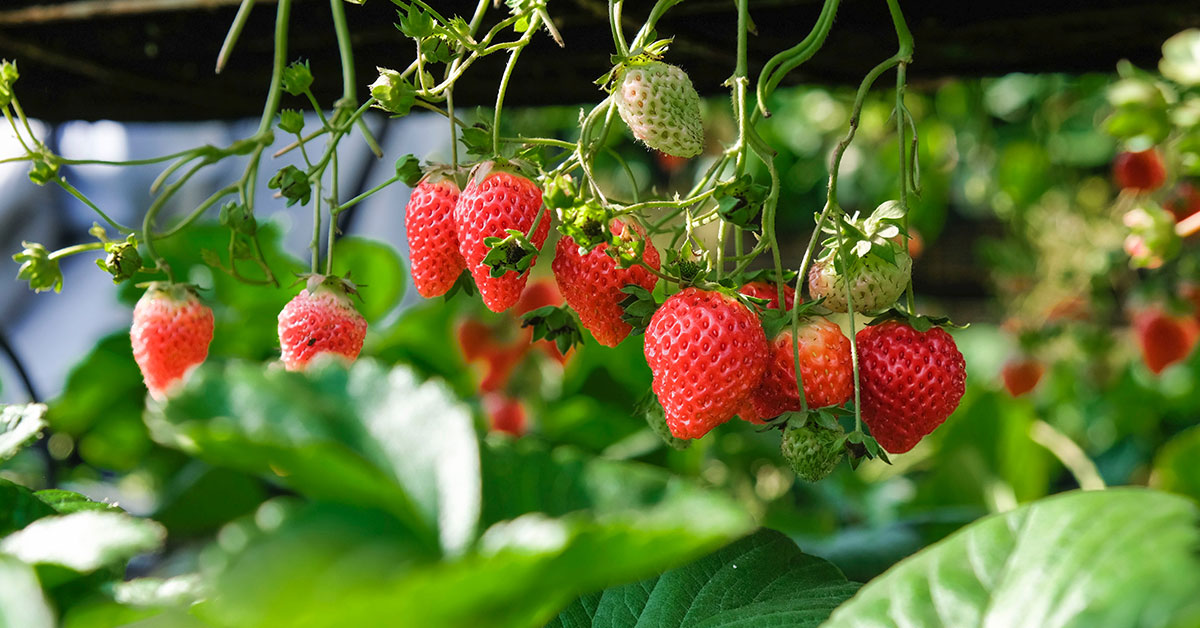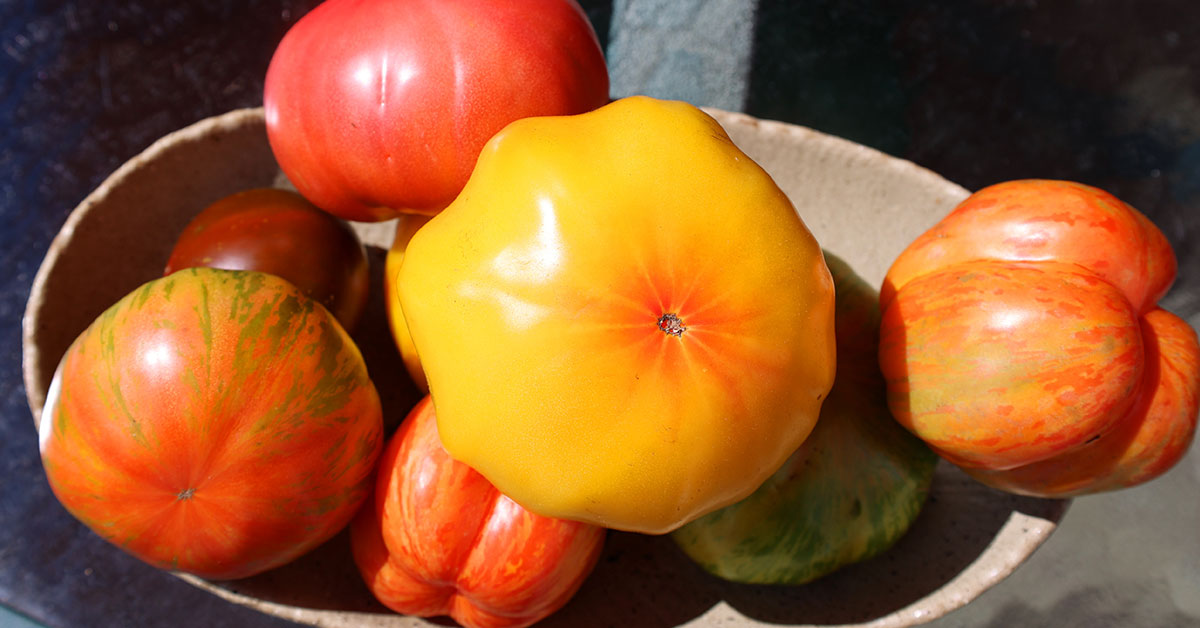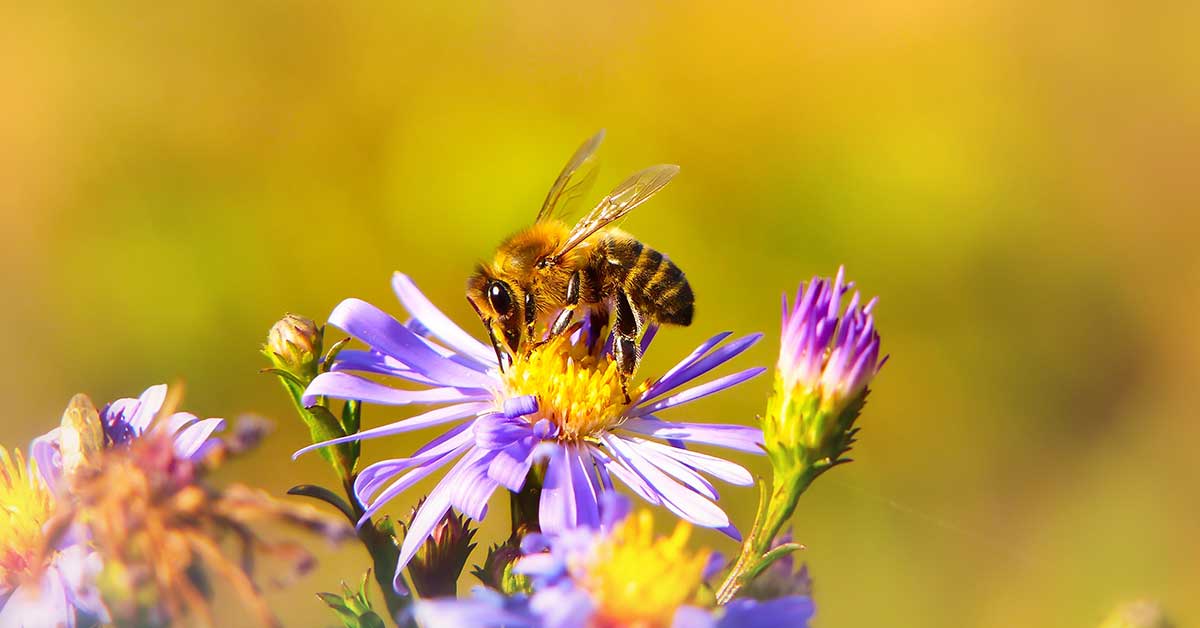Gardening is not only a delightful hobby but also a great way to cultivate your own natural remedies! Many plants have been used traditionally for their anti-inflammatory properties, and modern science is starting to validate these uses. Imagine stepping into your garden, picking fresh herbs and flowers, and using them to create soothing teas, salves, and more.
In this article, I’m thrilled to share ten plants that you can grow in your garden to potentially help with inflammation. These plants are easy to cultivate and beautiful, adding both visual appeal and practical benefits to your space. Let’s dive into these fantastic plants and discover how you can nurture them in your garden for their anti-inflammatory properties!
Turmeric

Turmeric is one of my favorite plants for its vibrant color and potential health benefits. This tropical plant grows best in warm, humid conditions with plenty of sunlight. If you live in a cooler climate, you can grow turmeric in containers indoors. Plant the rhizomes in well-drained soil, water regularly, and ensure they get enough warmth and light.
Turmeric is well-known for its active compound, curcumin, which has strong anti-inflammatory and antioxidant properties. Studies suggest that curcumin may help reduce inflammation and pain associated with arthritis and other inflammatory conditions. Adding turmeric to your garden can provide you with a fresh supply of this powerful spice!
Ginger
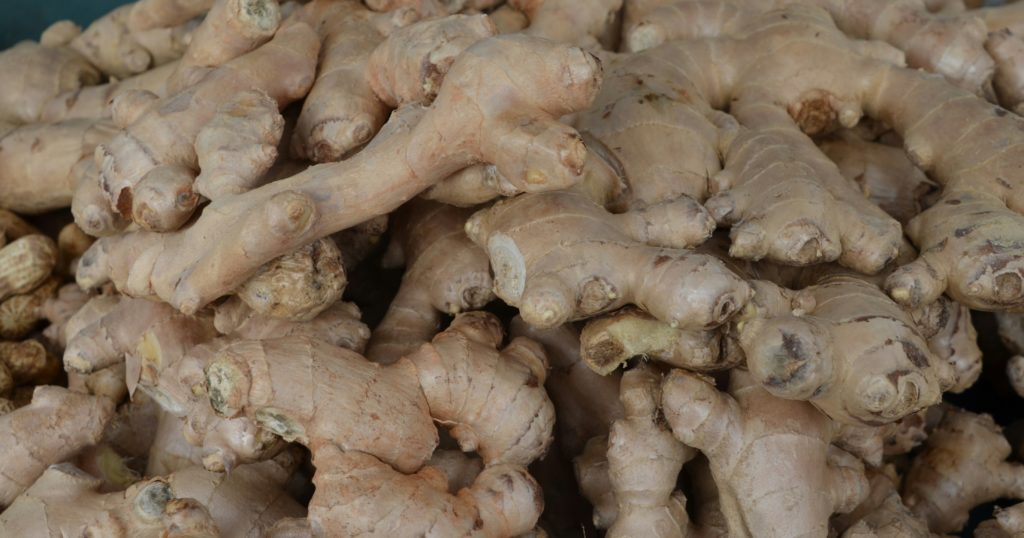
Ginger is another fantastic anti-inflammatory plant that thrives in warm, tropical conditions. It’s best grown in containers in cooler climates, allowing you to bring it indoors when necessary. Plant fresh ginger rhizomes in well-drained soil, keep them moist, and provide plenty of indirect sunlight.
Ginger contains compounds like gingerol that may have anti-inflammatory and antioxidant effects. Research indicates that ginger could help reduce inflammation and pain, particularly in conditions like osteoarthritis. Growing ginger at home ensures a steady supply of this versatile and potentially beneficial root!
Rosemary
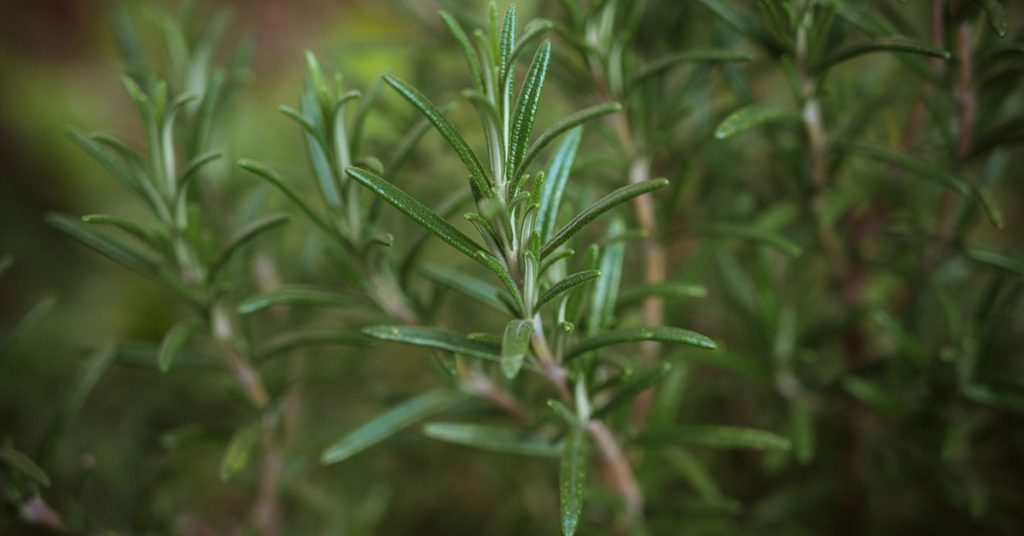
Rosemary is a fragrant and hardy perennial herb that’s easy to grow. It thrives in well-drained soil and full sun, producing needle-like leaves and small blue flowers. Rosemary is drought-tolerant and requires minimal watering once established, making it a low-maintenance choice for any garden.
Rosemary is traditionally used for its potential cognitive and anti-inflammatory benefits. Rosemary contains rosmarinic acid, which may help reduce inflammation and oxidative stress. Some studies suggest that rosemary could support brain health and reduce inflammation-related symptoms. Planting rosemary in your garden provides a versatile herb that’s both beautiful and potentially beneficial for natural remedies!
Sage
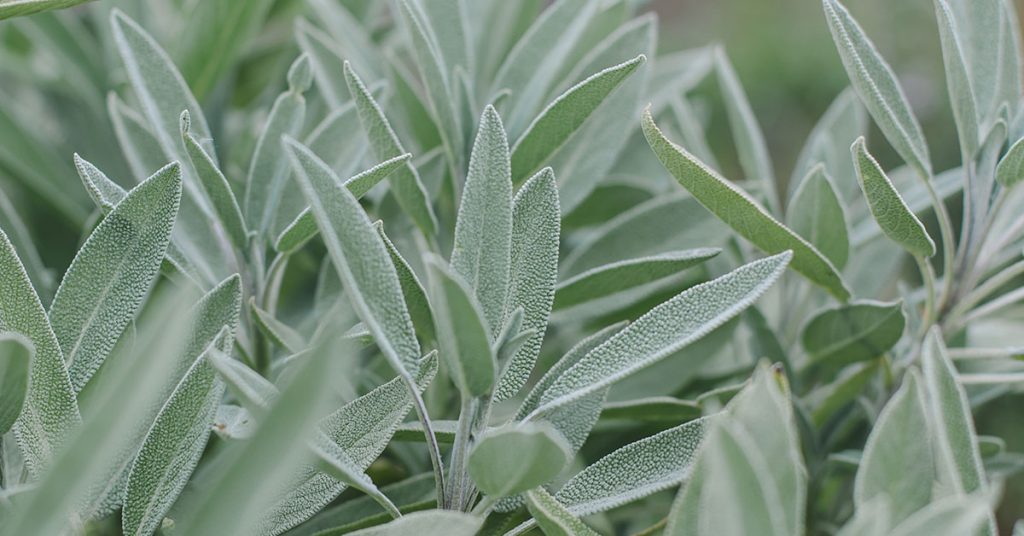
Sage is a hardy perennial herb that’s easy to grow and maintain. It thrives in well-drained soil and full sun, producing silvery-green leaves and beautiful spikes of purple flowers. Sage is drought-tolerant and requires minimal watering once established, making it a great addition to any garden.
Sage contains compounds like rosmarinic acid and carnosic acid, which have anti-inflammatory properties. Research indicates that sage may help reduce inflammation and support cognitive health. Sage tea is often used to soothe sore throats and reduce inflammation. Growing sage at home provides a fresh, aromatic herb for various natural remedies!
Aloe Vera
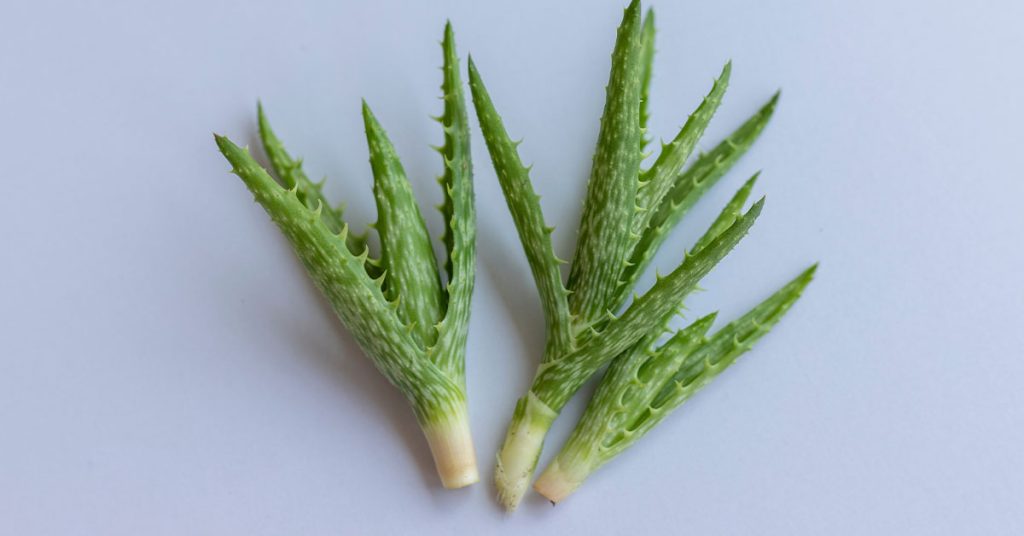
Aloe vera is a versatile and resilient plant that thrives in well-drained soil and full sun. It’s drought-tolerant and requires minimal maintenance, making it perfect for both indoor and outdoor gardens. Aloe vera’s thick, fleshy leaves store water, allowing it to survive extended periods of drought.
Aloe vera gel, extracted from the plant’s leaves, is commonly used for its soothing properties. It contains compounds like acemannan that may help reduce inflammation and support skin healing. Some studies suggest that aloe vera could have anti-inflammatory and antimicrobial effects. Growing aloe vera at home ensures you always have a fresh supply of this versatile plant!
Peppermint
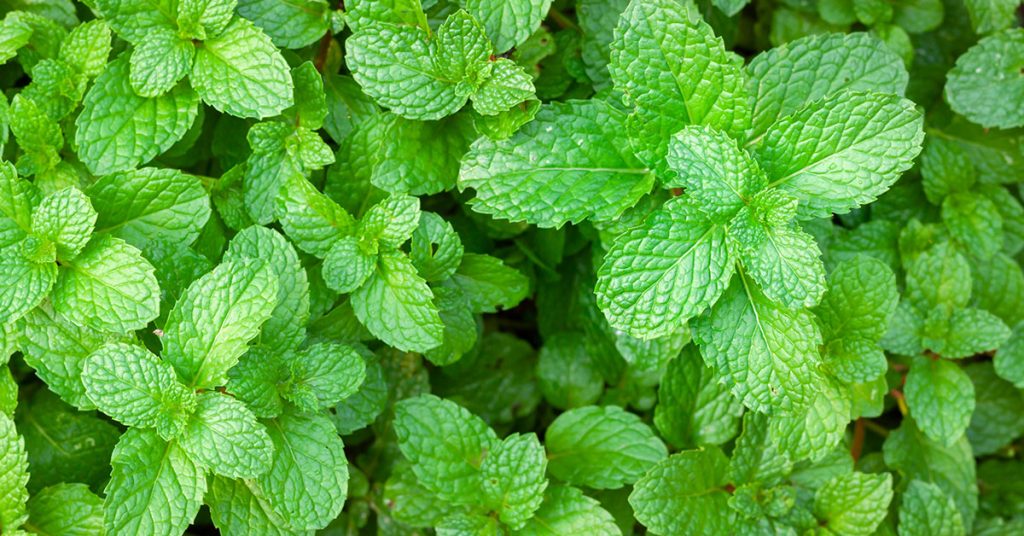
Peppermint is a hardy perennial that’s easy to grow and spread quickly. It thrives in well-drained soil and partial to full sun. Peppermint prefers moist conditions, so regular watering is essential. Due to its invasive nature, it’s best grown in containers to keep it contained.
Peppermint contains menthol, which has potential anti-inflammatory and analgesic effects. Peppermint tea may help soothe digestive issues and reduce headaches. Some research suggests that peppermint oil could help alleviate muscle pain and reduce inflammation. Growing peppermint at home provides you with a fresh, aromatic herb for various natural remedies!
Chamomile
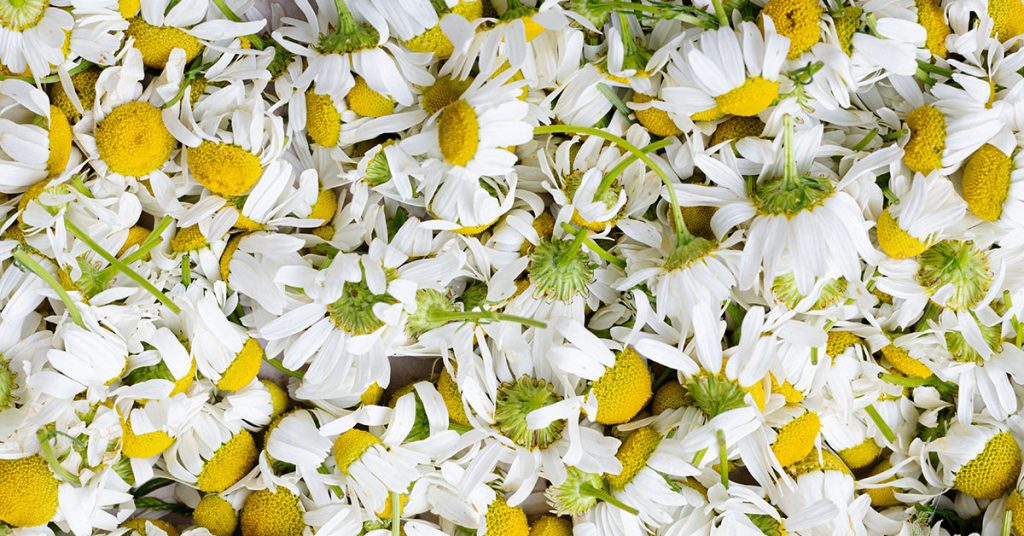
Chamomile is a charming and easy-to-grow annual that adds a touch of elegance to any garden. It prefers well-drained soil and full sun to partial shade. Chamomile self-seeds readily, so you’ll likely see it return year after year.
Chamomile is traditionally used for its calming and anti-inflammatory properties. Chamomile contains compounds like chamazulene and bisabolol, which may help reduce inflammation and soothe gastrointestinal issues. Chamomile tea is often used to promote relaxation and reduce inflammation. Planting chamomile in your garden ensures you have a steady supply of this delightful and potentially beneficial herb!
Echinacea
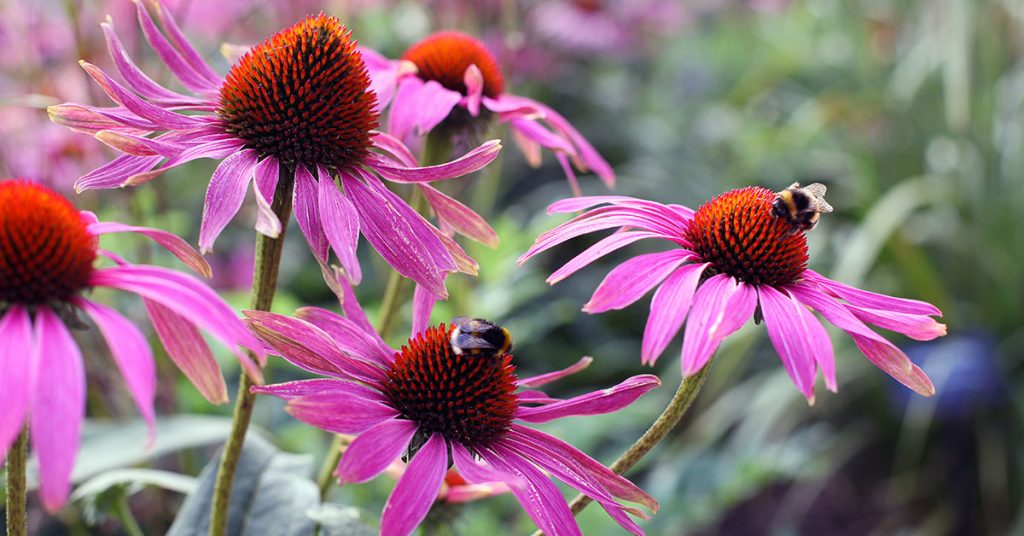
Echinacea, also known as coneflower, is a robust perennial that’s native to North America. It grows well in well-drained soil and full sun, producing beautiful pink, purple, or white flowers. Echinacea is drought-tolerant and easy to maintain, making it a great choice for any garden.
Echinacea is traditionally used to support the immune system and may have anti-inflammatory properties. Some studies suggest that echinacea could help reduce inflammation and support overall immune health. Echinacea tea or supplements are commonly used to alleviate cold and flu symptoms. Growing echinacea at home adds vibrant color and potential health benefits to your garden!
Lavender

Lavender is a delightful and aromatic plant that’s easy to grow and maintain. This perennial prefers well-drained soil and full sun, thriving in garden beds or containers. Lavender is drought-tolerant and requires minimal watering once established, making it a low-maintenance choice for any garden.
Lavender contains compounds like linalool and linalyl acetate, which may have anti-inflammatory and calming effects. Lavender oil is often used in aromatherapy to reduce stress and anxiety, and some studies suggest it could help alleviate headaches and reduce inflammation. Planting lavender in your garden adds beauty and a potential natural remedy for stress relief!
Calendula

Calendula, also known as pot marigold, is a bright and cheerful annual that’s easy to grow. It thrives in well-drained soil and full sun, adding vibrant yellow and orange blooms to your garden. Calendula is low-maintenance and self-seeds readily, ensuring a continuous display of flowers.
Calendula is traditionally used for its potential anti-inflammatory and antimicrobial properties. Calendula-infused oil or cream may help soothe skin irritations, cuts, and burns. Some studies suggest that calendula could promote wound healing and reduce inflammation. Planting calendula in your garden provides a beautiful and potentially beneficial flower for natural remedies!
Growing these anti-inflammatory plants in your garden can provide you with natural remedies right at your fingertips. Each plant offers unique beauty and potential health benefits, making your garden not only a place of relaxation but also a source of natural healing.
